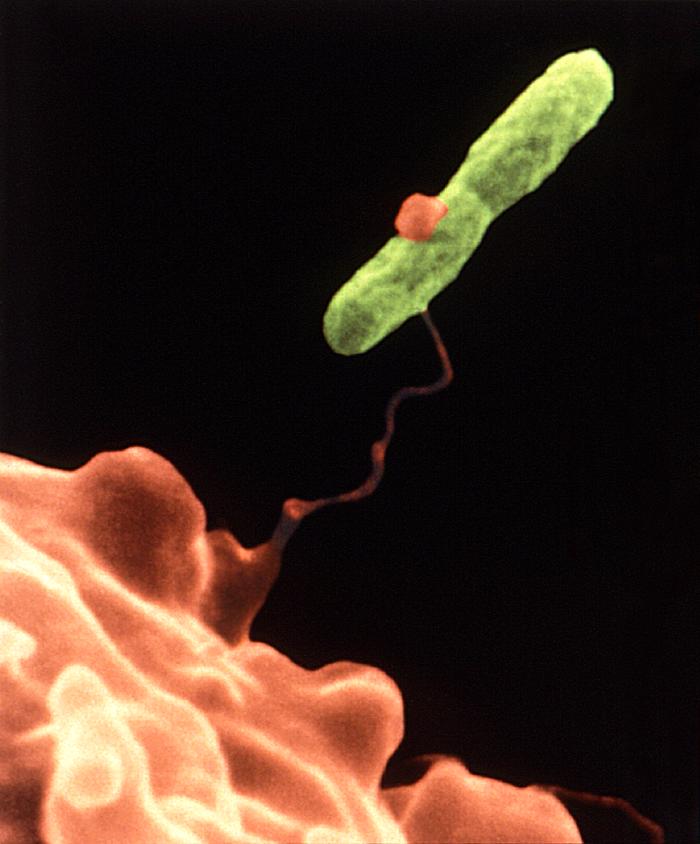In a follow up report on the Legionnaires’ disease outbreak centered around South Bronx earlier this work, New York City health officials now report the case count has increased to 46, up from 31.

Nine of the hospitalized patients have been discharged. Two patients have died, a man and woman in their 50s.
City health officials have focused on two specific sources–cooling towers at Lincoln Hospital and Concourse Plaza.
Health officials are working with the owners of both cooling towers and they have begun the process of remediation to reduce the potential for exposure. The City is also testing other possible sources and will order decontamination of any additional sources.
NYC Health Commissioner Dr. Mary T. Bassett said, “As we continue to investigate the potential sources of this cluster, we remind New Yorkers that this is a very treatable disease and we urge anyone who might be experiencing symptoms of Legionnaires’ disease to seek medical attention immediately.
“Additionally, the New York City water supply does not pose a risk, so people should continue to feel confident in drinking tap water to stay cool during this period of hot weather.”
Since July 10, 46 Legionella reports have been received from laboratories, this compares with 5 confirmed cases in the same period in 2013 and 2014 combined.
The highest rate is in the South Bronx neighborhoods of High Bridge-Morrisania and Hunts Point-Mott Haven.
The rate of Legionella in the Bronx is double that of the New York City rate.
Legionnaire’s disease is caused by the bacteria Legionella. It is characterized by pneumonia occurring 2- 10 days after exposure to an environmental source. Legionella is a ubiquitous aquatic organism that grows in warm environments (77°- 108°F).
Exposure occurs through inhalation of contaminated aerosols from devices such as cooling towers, whirlpool spas, showers, and faucets, and through aspiration of contaminated water. Person-to-person transmission has not been demonstrated.
Groups at high risk include the elderly, cigarette smokers, persons with chronic lung or immunocompromising disease, and persons receiving immunosuppressive drugs. The case-fatality rate has declined substantially since the disease was first described and is estimated to be 5-40%. Recommended treatment options include macrolide or quinolone antibiotics.
Related news:
Pennsylvania reports 1st human West Nile virus case of the year
Virginia Beach: Rabid otter attacks two tourists
HPV vaccines in teens up slightly, still many not getting vaccinated


One thought on “Legionnaires’ disease outbreak in the Bronx grows to 46”